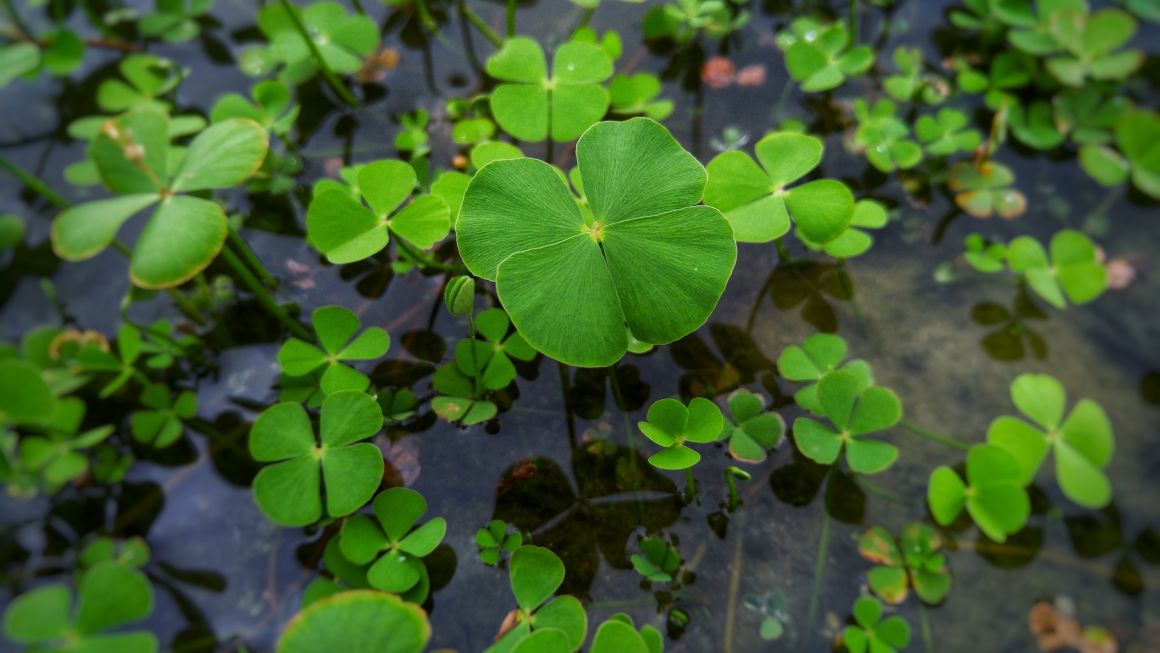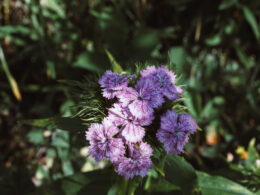In this blog post, we will discuss the best ways to care for shamrock plants, so that they stay healthy and blooming. Read on for shamrock plant care tips that will help you keep your plants looking their best!
What is a Shamrock Plant?
The shamrock plant is a member of the mint family and is native to Europe, Asia, and North Africa. It gets its name from the three-lobed leaves that resemble the clover or trefoil. Wood sorrel, oxalis, and sourgrass are also sometimes called shamrocks. The real shamrock has a long history in Irish folklore and is associated with good luck and fortune. The shamrock plant is a low-growing herb that typically reaches only six inches in height.
It has small white or pink flowers and green, heart-shaped leaves. The shamrock plant is not poisonous, but it can cause an upset stomach if eaten in large quantities. Today, the shamrock plant is a popular houseplant and can be found for sale in many nurseries and garden stores.
Shamrock Plant Care Tips
Shamrock plants are easy to care for and make great houseplants. Here are a few tips for shamrock plant care:
- Shamrock plants need indirect, bright light. Place your plant near a window where it will get plenty of light without being in direct sunlight.
- They like to be kept moist, but not soggy. Water your plant when the soil feels dry to the touch. Be sure to drain any excess water from the saucer so that your plant does not sit in water.
- Shamrock plants do not need fertilizer, but you can give them a weak solution of liquid fertilizer once a month during the growing season.
- Oxalis can be susceptible to pests and diseases. Watch for aphids, mealybugs, and spider mites. These pests can be controlled with insecticidal soap or neem oil.
- Shamrocks are also susceptible to fungal diseases like powdery mildew and leaf spot. These can be treated with a fungicide or by increasing air circulation around the plant.
Is Purple Oxalis Toxic?
The oxalis plant (false shamrock) is a common plant that can be found in many gardens. It is a member of the Fabaceae family it was considered an invasive species in some countries. All parts of the plant contain oxalic acid, which can be toxic if ingested in large quantities. Symptoms of oxalic acid poisoning include vomiting, diarrhea, and tremors. If you suspect that your pet has ingested oxalis, contact your veterinarian immediately. While purple oxalis is not considered to be toxic to humans, it is best to avoid ingesting the plant.
Propagating Purple Shamrock
The purple shamrock (Oxalis regnellii) is a beautiful plant that is easy to propagate from stem cuttings. To take stem cuttings, simply snip off a few of the stems at the desired length and place them in a pot of moistened potting mix. Be sure to use a sharp knife or a pair of scissors to make clean cuts. Once the cuttings are in place, water well and place the pot in a bright, indirectly lit location. Keep the soil moist, but not soggy, and within a few weeks you should see new growth emerge. At this point, you can begin to reduce watering and eventually transfer the young plants to their permanent location.
Potting and Repotting Purple Shamrock
The leaves of the purple shamrock are a deep purple color, and the plant produces small white or pink flowers. These plants are often grown in pots or containers, and they need to be repotted every one to two years. When repotting a purple shamrock plant, choose a pot that is only one size larger than the current pot. Be sure to use a well-draining potting mix, and water the plant thoroughly after repotting. With proper care, your oxalis plant will thrive for many years.
Oxalis Plant Dormancy
You might be asking yourself: why does my shamrock look as if it was dying? Well, there are a few reasons why your shamrock plant might look as if it’s dying. One possibility is that it’s simply going through a normal phase of dormancy. Many plants go through a period of reduced growth in the summer months, and shamrocks are no exception. If your plant is wilting or its leaves are turning brown, it’s probably just taking a much-needed rest.
However, if you suspect that your plant is truly dying, there are a few other possible explanations. It could be suffering from root rot, which is caused by too much water. Alternatively, it could be infested with pests, such as aphids or mealybugs. If you think your plant is dying, it’s best to consult with a gardener or plant expert and review your shamrock plant care.
How to Control an Invasive Plant
While many people consider the shamrock plant to be a lucky charm, gardeners know that this is one plant that is best left in the wild. Shamrocks are classified as invasive plants, meaning that they spread rapidly and crowd out native plants. In addition, they are difficult to control once they take root.
Prevention
The best way to prevent an invasion of shamrocks is to stop them before they start. If you see shamrocks growing in your garden, carefully dig up the plants and dispose of them in the trash. You may also need to treat the area with herbicide to prevent re-growth. With a little patience and effort, you can keep your garden free of these troublesome plants.
Shamrock Care. Recap
With some attentive shamrock plant care, these dormant plants make great houseplants that will bring good luck to your home all year long! Be sure to follow the tips listed above to keep your plants healthy and blooming. Do you have any questions about shamrock plant care? Leave a comment below, and we will be happy to help! Happy growing!



















